What is brass for reloading?🧐
It is a specialized type of brass that is used in firearms cartridges for reloading ammunition. Brass is an important component of ammunition as it provides the necessary strength and durability to withstand the extreme pressures generated during firing. It also serves as a secure enclosure for propellant and projectile, ensuring consistent performance.
Features💣
Brass for reloading is an essential component of the reloading process. The quality and consistency of brass used for reloading can make a large difference in the quality of your results. Here are some features:
- ✴️ The most important is the thickness of the brass wall. Thick walls will help to provide a more consistent chamber pressure, improving accuracy and consistency in your reloads. Additionally, thicker walls help resist stretching when firing.
- ✴️ Also, notice the grain weight of the brass. A heavier-grain weight helps to absorb the shock of firing and can help prevent splitting or cracking, while also providing more consistent chamber pressure.
- ✴️ An important feature in any type of brass is the head spacing. This refers to how much distance there is between the base of a bullet casing and the base of a rifle’s chamber. The head spacing should be consistent across all rounds for greater accuracy and reliability.
- ✴️ Finally, check the consistency of the finish on your brass. Even small imperfections can cause problems when reloading, so make sure that you choose brass with a uniform finish to ensure that there are no bumps or dents in the wall which could affect chamber pressure and accuracy.
Benefits💥
Reloading your ammunition with brass casings can provide several advantages compared to store-bought cartridges.
- ✅ The most notable benefit is the cost savings associated with loading your rounds. Reloading brass is typically much cheaper than purchasing pre-made cartridges, enabling you to get more bang for your buck.
- ✅ Aside from cost advantages, reloading with brass casings also provides a level of accuracy not feasible with store-bought cartridges. Because brass is an easily manipulated metal, it can be expertly crafted to exact tolerances and specifications. As a result, reloaded rounds are often more accurate than factory-made ammo. This advantage can make all the difference when it comes to competitive and recreational shooting activities.
- ✅ Another great perk of using it is the ability to customize each round. Reloaders have the freedom to choose bore size, powder charge, primer type, and other variables to create a round that matches their specific needs or preferences. From creating specialty rounds for hunting or competition shooting to simply tailoring bullets for improved performance at the range, reloaders have plenty of options when it comes to customizing their ammo.
- ✅ Finally, reloading with brass casings allows you to reuse valuable materials and reduces waste in landfills. Brass is highly recyclable and many components such as primers and powders are also reusable after firing or when properly stored; this helps significantly reduce waste created by discarded bullets which would otherwise end up in landfills.
Is case trimming a necessary process?🧩
When it comes to reloading ammunition, case trimming can be a necessary step for ensuring accuracy and safety. This is especially important if you’re using brass cases, as they can become work-hardened and out of spec after being fired multiple times.
- 🟣 It is also beneficial for preventing excessive pressures that can occur when using worn brass cases. As the brass becomes harder over time, it may not expand properly when fired.
- 🟣 Trimming off any excess material from these cases helps ensure that they’ll expand properly each time they’re fired, which reduces wear and tear on your firearm’s components.
- 🟣 Finally, trimmed and cleaned brass also looks better than dirty or untrimmed brass when used in competition shooting or reloading for show purposes. It may not make a difference to the functionality of your ammunition, but having clean brass cases does give an impression of quality and professionalism.
TOP 10 Brass For Reloading
1# Remington Unprimed Rifle Brass
The Remington® Unprimed brass rifle is a decent offer for its price. The sufficient strength of the metal and the reusable use of brass makes the proposal more economical, especially over time. This may be a good choice for training in making cartridges, or for shooting weapons at a firing range. Machine processing always leaves a significant percentage of rejects. Manual quality control can solve this problem – but it will significantly increase the price of brass. Therefore, you have to find a balance between price and quality. If you are ready to use the resizer to fix small inaccuracies, you will get 100% good cartridges. This also has its advantages – so you will know what exactly you charged.
2# Winchester Unprimed Rifle Brass
Sometimes it seems that the legendary Winchester no longer strives for new victories. The company uses the power of its brand and just makes money. Poor quality control and a low price attract beginner shooters, but experienced shooters are increasingly abandoning the brass of this company. If you are looking for cheap copper brass for shooting training, this offer is very attractive. For brass to meet the high requirements of sniper accuracy, it will be necessary to conduct rigorous selection and verification of the length of each sleeve and the thickness of the metal on the neck. Depending on the accuracy of the measuring instruments (+ -0.001) and the infecting ammunition, you can detect up to 10% of the defect. Each box with 50 sleeves will not give a complete set, be prepared to send something to the bin. It is impossible to count on sniper quality from the box. You need to work a lot with this brass to be sure of the quality.
3# Starline Unprimed Pistol/Rifle Brass
Starline is a quality cartridge case for the most accurate shots of any caliber. The company prefers clean and beautiful sleeves for your favorite pastime. Small dents in the neck sometimes occur, but they are aligned after the first shot. In addition to high-quality products, Starline loves to exceed expectations and provides an extra sleeve for your order. Perhaps this brass will replace the sleeve that has collapsed or will become your good luck talisman. The main thing is that this is a pleasant surprise. Even if the price of this offer is large compared to competitors, the quality of brass remains an unattainable level for many manufacturers. In addition, the seller rating is 4.9 / 5 and it deserves your attention, at least for this reason.
4# Nosler Custom Rifle Brass
Speaking of premium brass, Nosler is a strong producer. The double price is justified by the good processing of each cartridge case and the quality control of each company box. Nosler claims to be ready to pack right from the box and that seems to be true. Each sleeve has very small tolerances. Users share their records and the maximum spread in length is up to 0.002 inches, by weight 241.5g, – 244.5g. If you value your time but are very responsible for the manual packaging of cartridges, this offer is for you. You no longer need to spend time and effort cleaning, crimping, and turning the sleeves, Nosler did this instead of you. The only drawback is that you have to pay a high price for this.
5# Hornady Unprimed Rifle Brass
Hornady is attention to detail at a low price. If you are new to the weapons business and do not know where to start, ready-made cartridges or cartridges for self-packing from Hornady are a worthy choice. Given the huge range of cartridges sold and premium quality claims, you are more likely to find what you are looking for. The golden mean between price and quality is not only saving but also the readiness for small defects. After a 3-5 shot, pay attention to the neck of the sleeve – most likely it will be stretched and lengthened. Be prepared for re-annealing, or even throwing the liner into the bin, longevity is not the strongest side of Hornady cartridges. If you have the time and desire to filter cartridges by weight and eliminate possible burrs – this brass will suit you.
6# Sig Sauer Unprimed Rifle Brass
If the cost of goods remains very low, it is difficult to expect good quality, even if it is manufactured in the USA it is not necessarily a good purchase. This may be true, but not in this case. Sig Sauer Groundless brass rifle is a profitable investment in your favorite weapon hobby. The manufacturer optimized production as much as possible to give an incredible price. Sleeves hold their neck well even after 5 shots, which makes them reusable. You may not like the brass clink of the package, but it saves you money! If you like great accuracy and measure every sleeve – this offer is not for you. All shells have a certain range of characteristics that can affect sniper shooting. Additional manual processing can almost always fix this, but for this, you need to spend time and effort.
7# Weatherby Rifle Brass
What is more important than self-confidence or your weapons? How much danger is there in the word “misfire”? How much is 1 shot that saves a life? When it comes to reliability, compromises are an unacceptable luxury. Perhaps this is exactly what the creators of Weatherby Rifle Brass were thinking. These are premium segment sleeves for the most demanding shooters. There are not many offers for 338-378, but that is what deserves your attention. Internal quality control ensures perfect condition when loading multiple times or loading directly from the box. The only drawback of this offer is the price. More than $ 2 for 1 brass is a lot, but you get what you pay for.
8# Top Brass 250-Count Bulk Brass
Top Brass 250-Count Bulk Brass is a great offer of brass at a very attractive price. The secret of such a low price is kept in the fact that it is brass copper dismissed from the army. All 100% of the cartridges have already been used and after restoration, cleaning, and polishing fell into the box. The seller claims that this brass copper is ready to be loaded directly from the box – this is doubtful. Check at least part of the box to see the variation in the length and condition of the body necks. Without proper handling, the loaded cartridge may not fit in the chamber. You know that it is not safe. If you are not afraid to spend a little time and select 10-20% of the marriage (an inaccurate number, we use it as an example) – the price is still attractive.
9# Winchester Unprimed Small Caliber Rifle Brass
Small Caliber Rifle Brass is a narrow and rather specific weapon niche. Winchester has created an attractive wholesale offering offering moderate quality. If the high price for 1 shot stopped you, Win makes your activities available. Since 2017, the problem of production quality control at Winchester has become especially acute. Accepting this offer, be prepared to meet with 3-5% of critical defects in each package. Also, many shells will have to work to return them to acceptable sizes. If you are willing to take the risk and spend 1 day working on brass copper from Winchester – this is the offer for you.
10# X-Treme Bullet and Primed Brass Reloading Kit
The X-Treme Bullet and Primed Brass Reloading Kit is a great offer for a pistol (9mm). This suggestion is well suited for those who would like to experiment with species or portions of gunpowder. This set of 500 prepared cartridges and 500 bullets (.356 “). All that remains for you is to get it from the box and pack it yourself. This set has a very attractive price, about 21 cents per 1 shot. The only additional investment you need is your time and patience. 500 monotonous operations for packing bullets – it can be boring.
What are the basics of reloading ammunition?💡
Reloading ammunition is a great way to save money on your shooting hobby. It’s a relatively simple process that pays dividends in the long run, but it can be difficult to know what supplies you need and how to use them.
🔥 One of the most important elements of the reloading process is the brass you choose. Depending on your application, different brass types are better suited for different tasks. In this article, we’ll walk you through the basics of reloading ammunition and discuss the best brass for reloading so you can make an informed decision when purchasing components.
🟦 The most common type of brass used for reloading is known as “once-fired” or “range brass” because it has been used once before and picked up off the range floor.
- ⚡ Once-fired brass is generally inexpensive and readily available from sellers online or at gun shows, but it has some potential pitfalls as far as consistency goes; if not enforced properly, the quality control on used components can vary widely between batches. This means that each batch may have slightly different dimensions or thicknesses that could affect accuracy and performance over time.
- ⚡ Additionally, older range brass may have been subjected to many cycles without proper cleaning which could cause build-up inside that would eventually reduce accuracy or even cause dangerous pressure spikes when fired again in certain cartridges.
🔍 For those searching for something with more consistent results than range-picked once-fired brass, there are several alternative options available from numerous manufacturers specialized in producing quality new or “virgin” cases with uniform dimensions and intricate design details tailored specifically towards certain cartridges. These cases are typically more expensive than their once-fired counterparts but offer superior performance benefits that can help bring out the maximum capabilities from specific firearms while reducing maintenance costs due to reduced fouling buildup after repeated firing cycles.
🔍 Finally, commercial match-grade ammo is usually made with premium virgin cases designed specifically for competition shooting or other competitive applications requiring extremely tight tolerances and consistent velocities throughout multiple shots when possible – these cases tend to cost more than standard mass-produced ones but are worth considering if precision accuracy is required from your firearm platform.
FAQ😎
Conclusion🙂
In conclusion, brass for reloading is an important component of any shooter’s arsenal. Whether you’re a beginner or an experienced hand loader, selecting the right brass for your needs can make all the difference in accuracy and performance. We hope this buyer’s guide has given you some insight into what to look out for when choosing the best brass for your project. Good luck!🤠👍
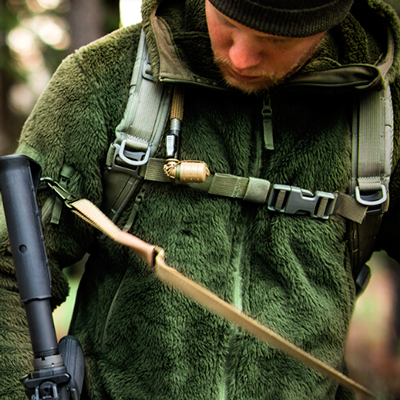
I am from the generation that tried to repeat all the tricks of Jackie Chan, hunted birds with homemade bows, and built my mini-base in the forest. At the age of 18, I was a scout in PLAST (Ukrainian scout organization) and participated in campaigns and quests. Somehow we decided to test ourselves, took our backpacks and walked 50 km (31 miles) in 1 day. We had a lot of fun!
Remembering my past, I ask in bewilderment: “How am I alive after all my adventures?” Severe trials, reckless parties, love relationships, and a sea of nonsense. If you linger at my fire, I will have something to tell. You are ready?)




Tags: #Reloading #Brass #Best #Review #308 #5.56 #9mm #7.62 #Shotgun #Bulk #Sale #Cleaning #Plated #Shells

Remembering my past, I ask in bewilderment: “How am I alive after all my adventures?” - harsh trials, reckless parties, love affairs, and a sea of silliness.
My hobbies are weapon upgrades, tactical gear, and the latest in wilderness survival technology. I have hundreds of different survival gadgets in my collections, which are sent to me for "test-driving" by Amazon, eBay, and other online retailers. That's what I write about, and I also make YouTube videos about them! Stay tuned!
Read more about our team of expert authors.
Affiliate Disclosure: Rotorm.com sometimes gets paid for listings, through sponsors or affiliate programs like Amazon, Optics Planet, Lucky Gunner, Brownells, Cabelas, Rainier Arms, 5.11 Tactical, Bass Pro Shop, etс. Clicking a link helps keep Rotorm.com free, at no extra cost to you!
About the author: Each article on our site is written by experts in survival and tactical equipment, gun enthusiasts, extreme travelers, military, law enforcement and desperate professionals, read about the author at the bottom of the article or visit "About Us" page.
Note: The views and opinions expressed in this article are those of the authors and do not necessarily reflect the official policy or position of any agency.

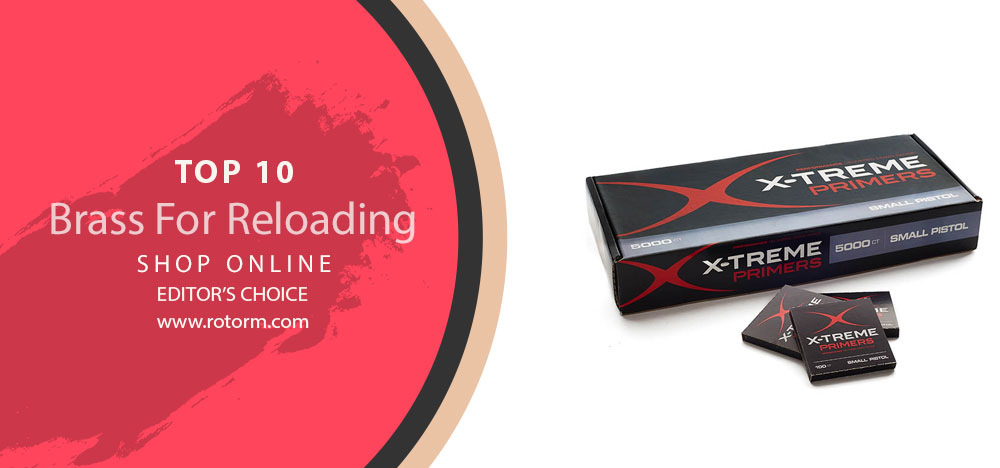
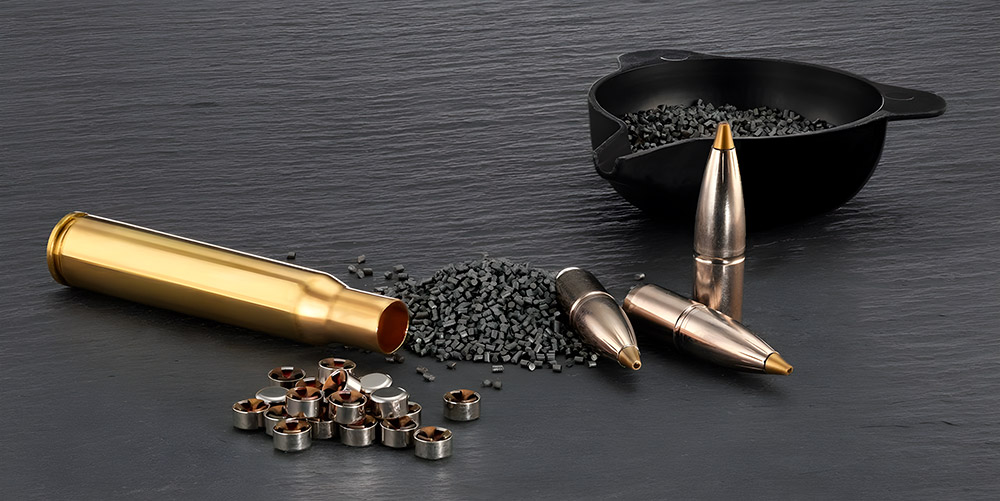
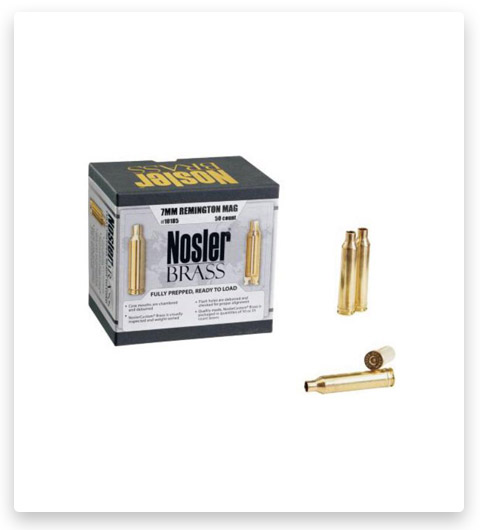
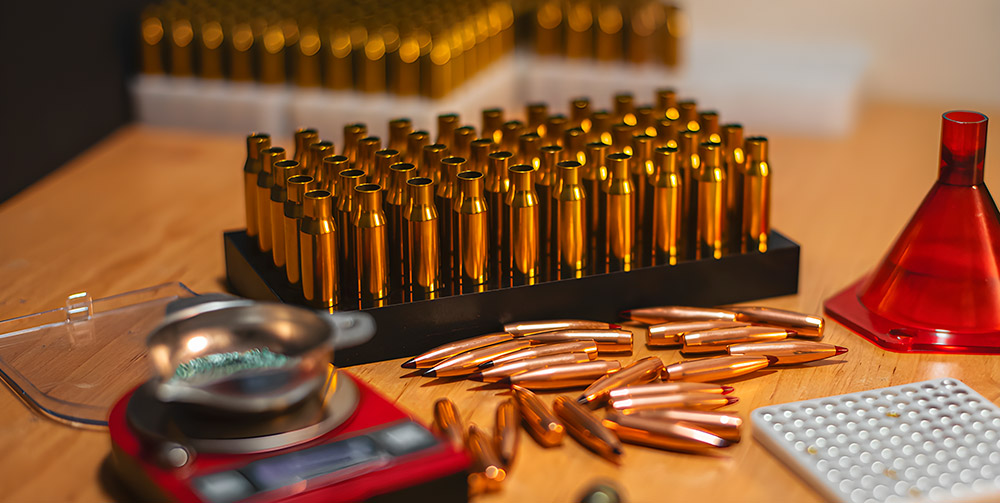
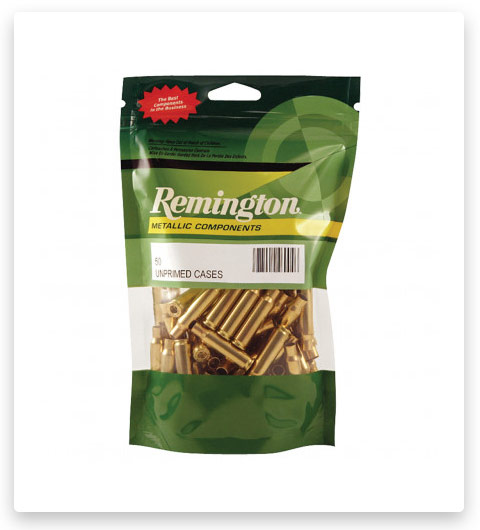

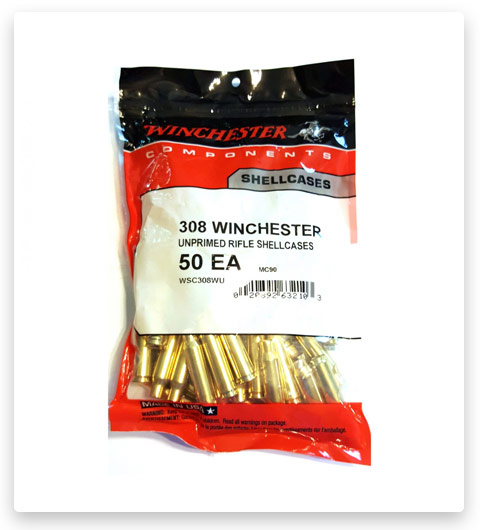
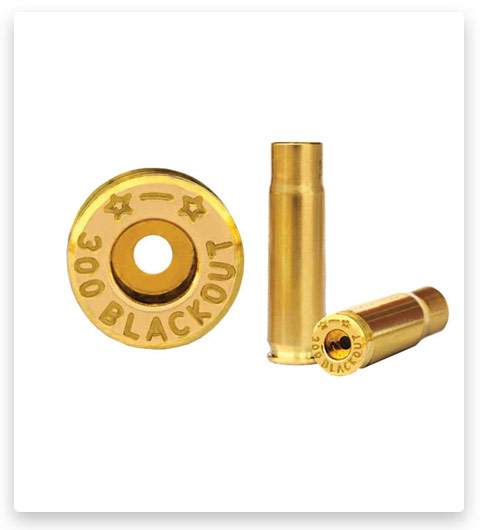
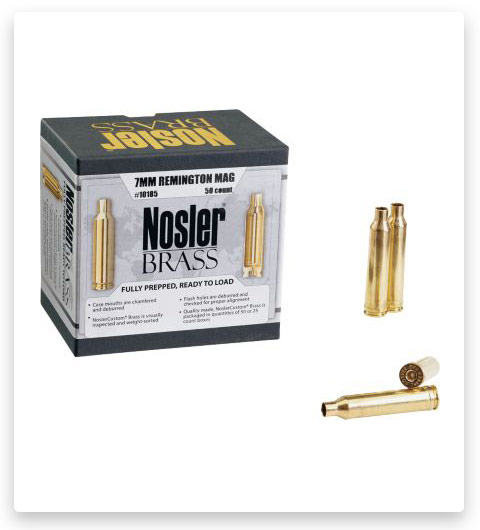
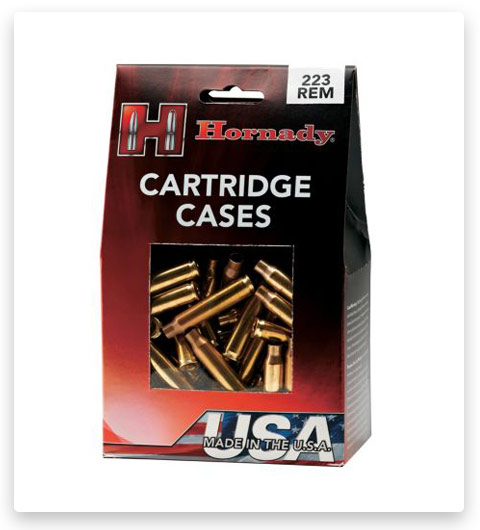
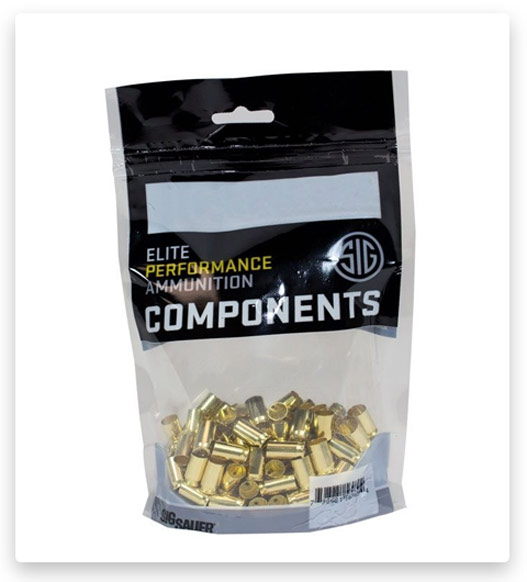
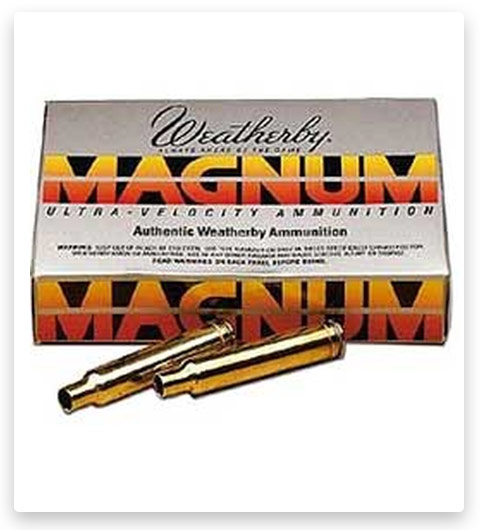
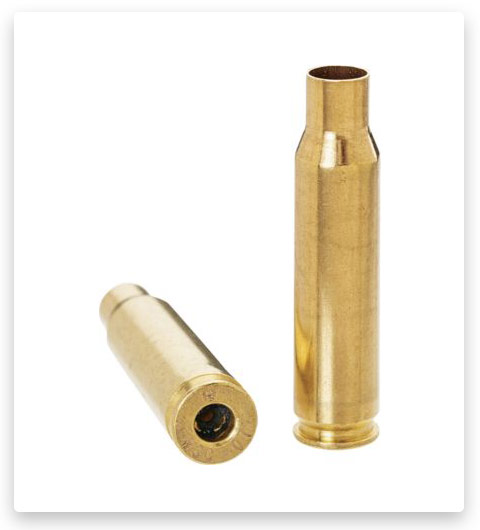
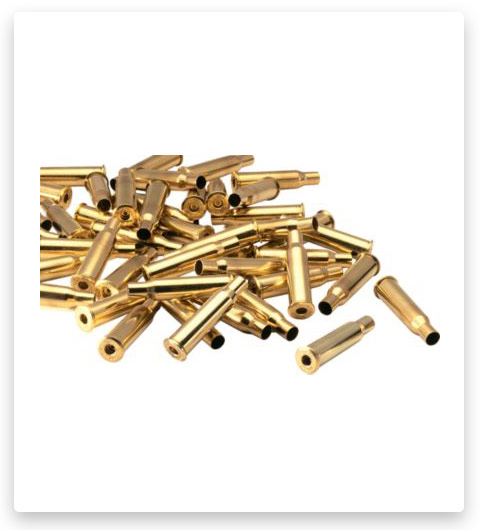
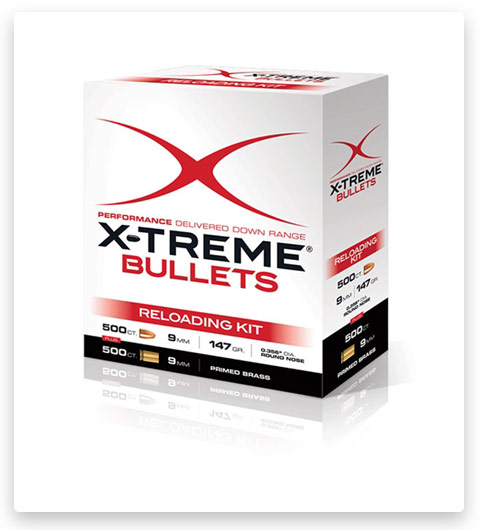
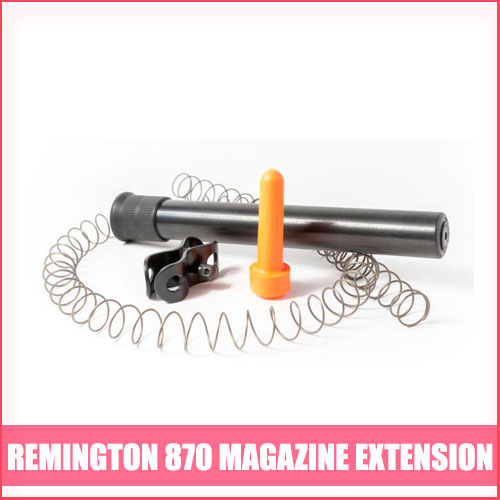
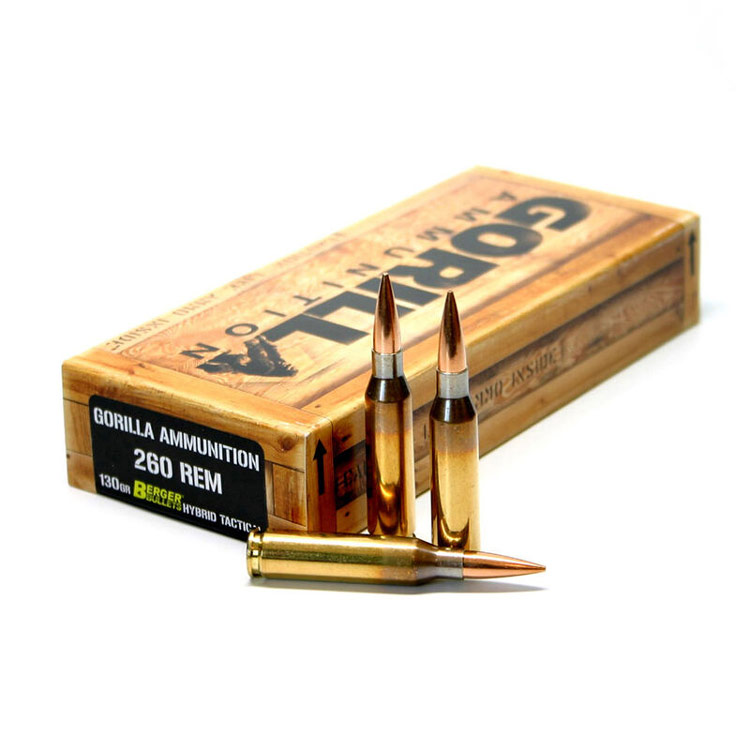
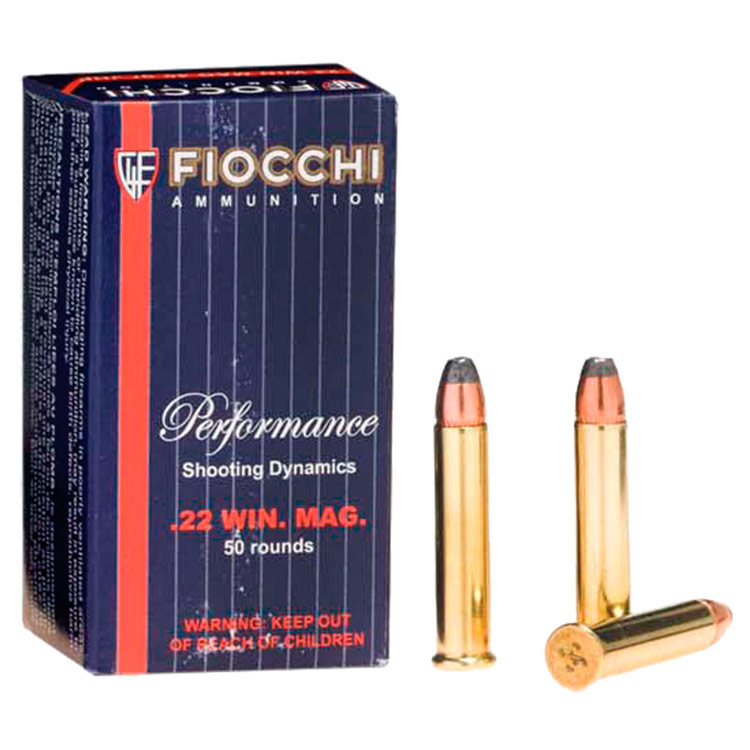
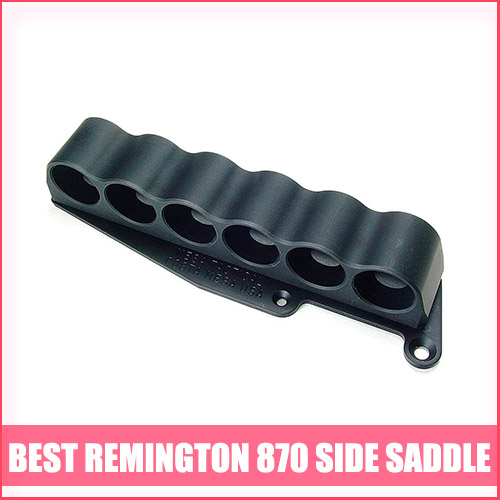
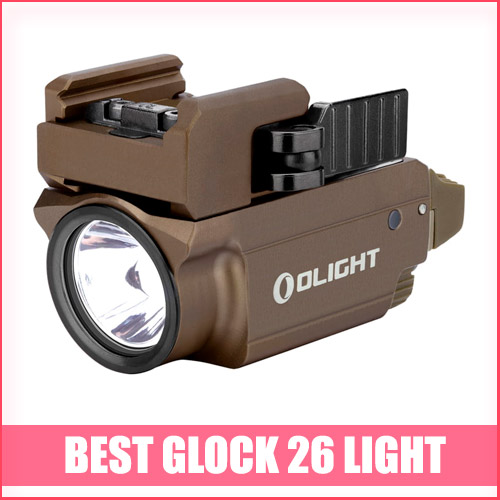
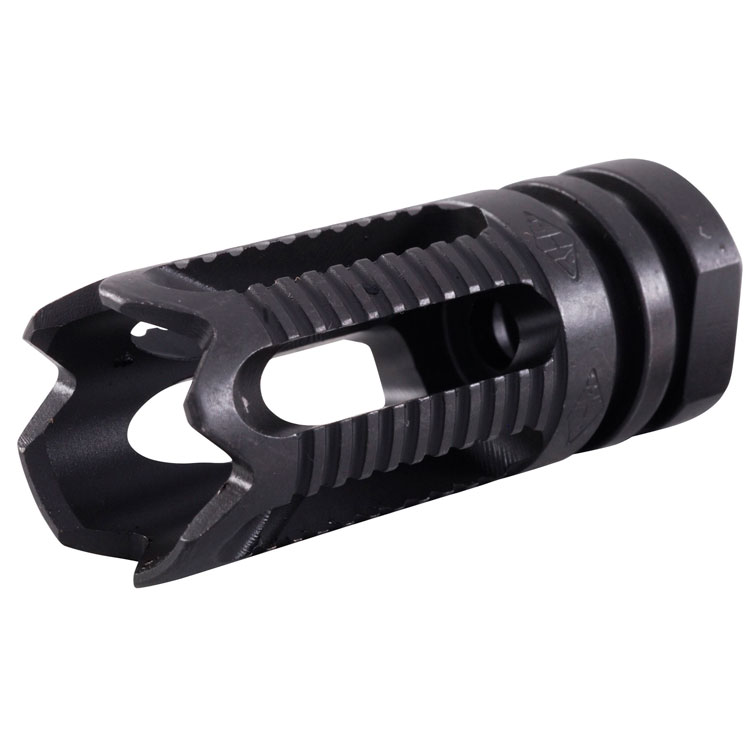
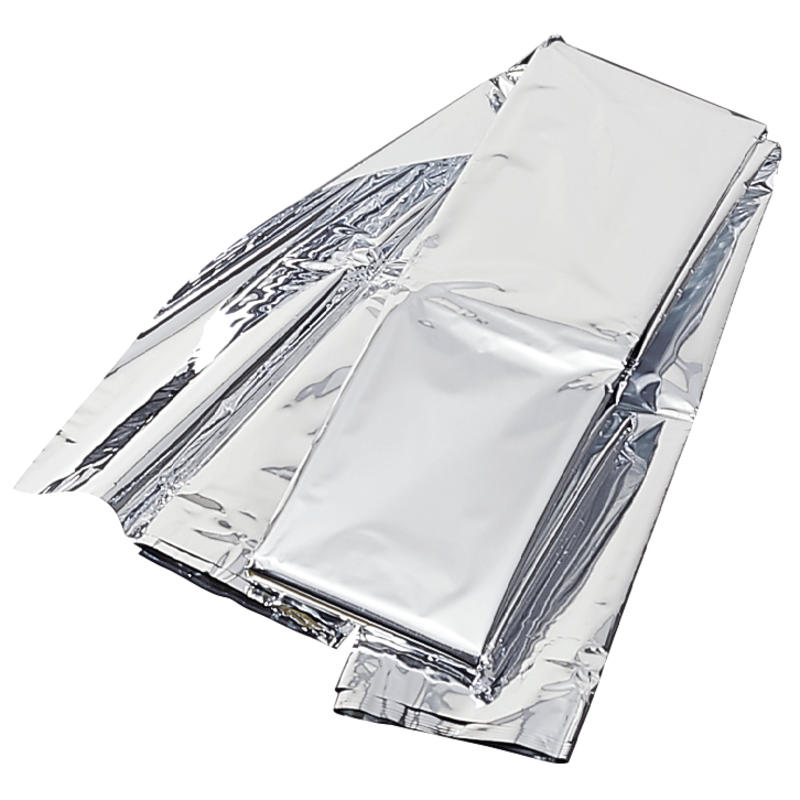
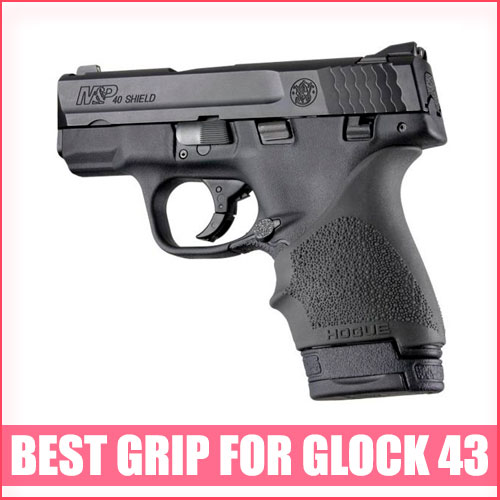
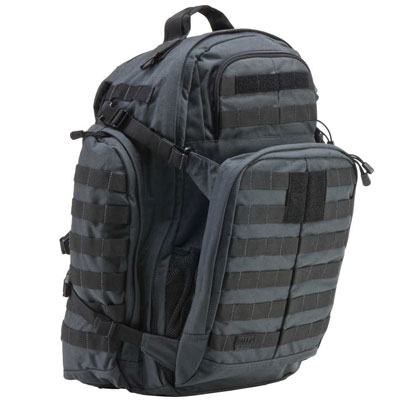
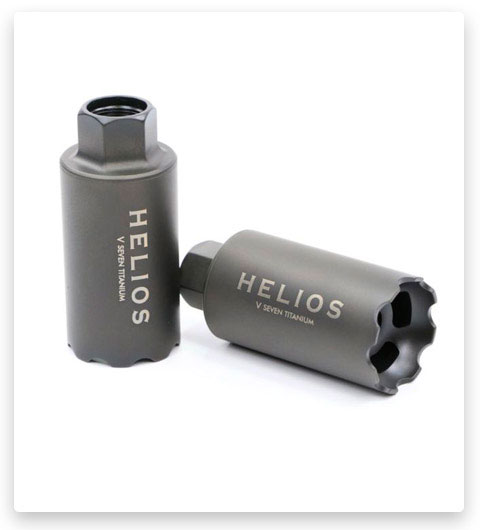
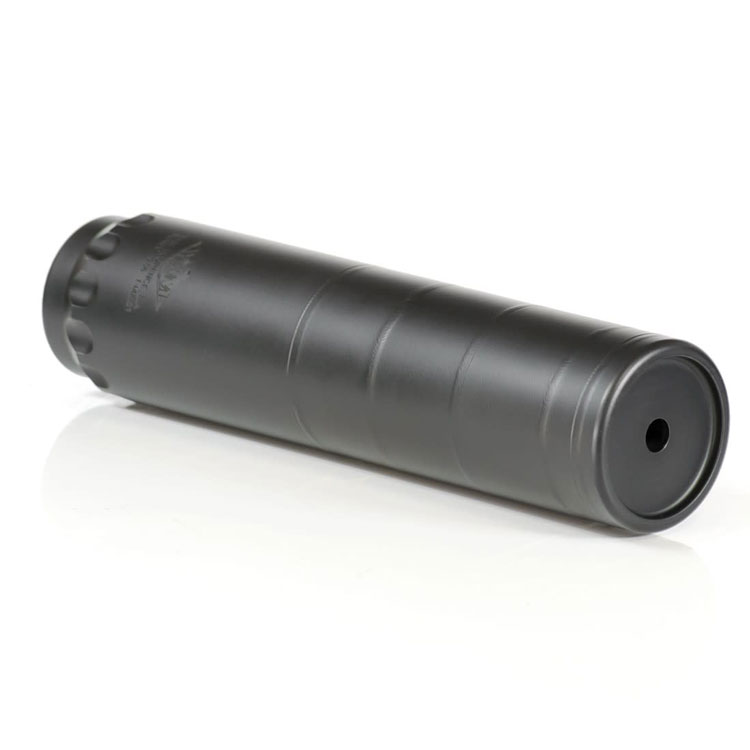
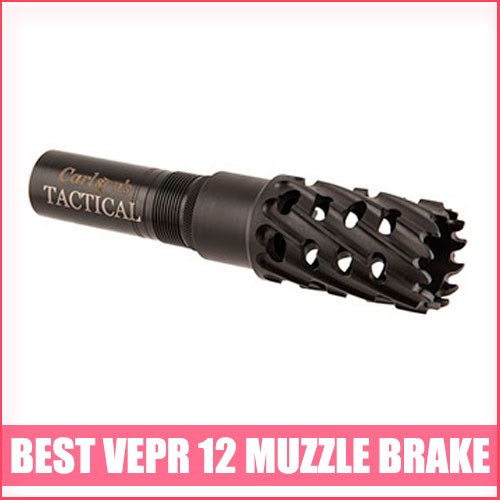
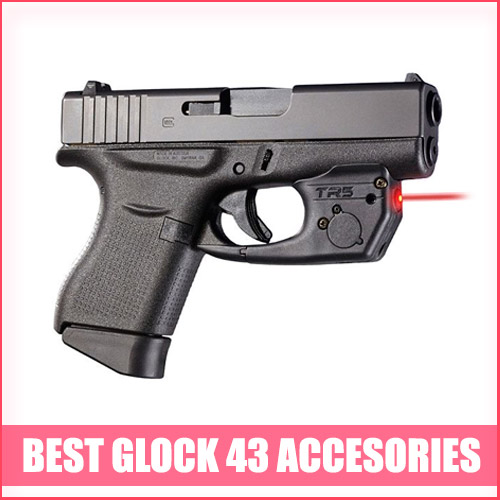
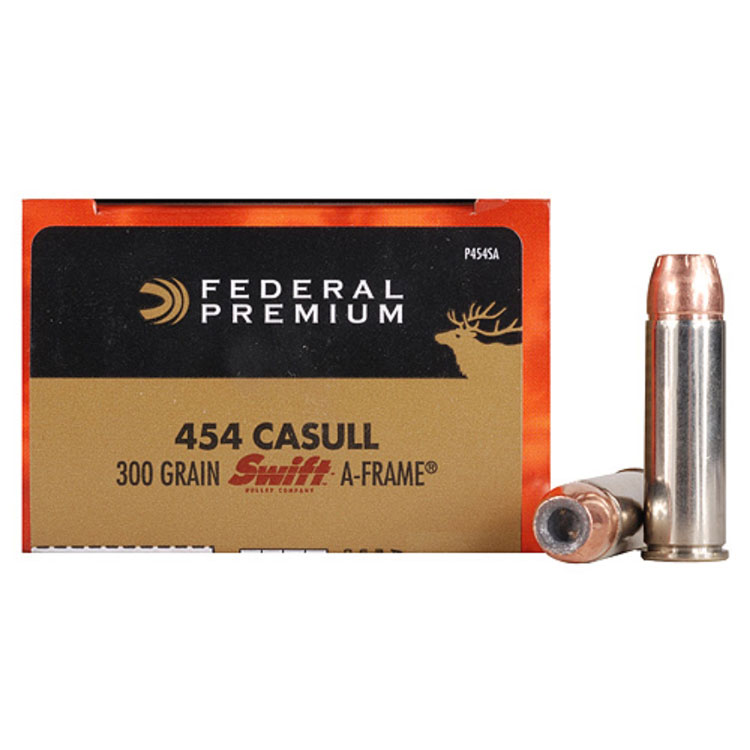
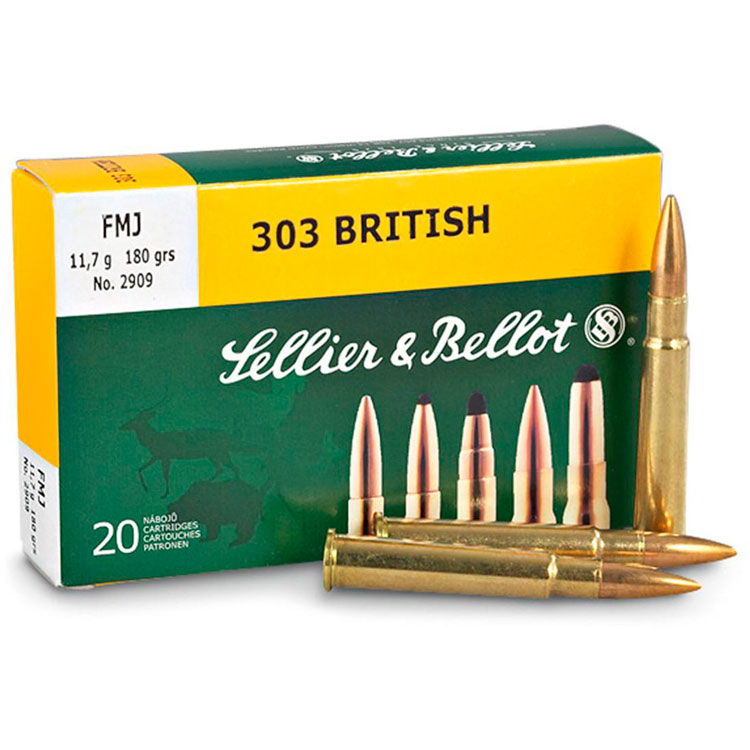
I’m interested in knowing the best brass for reloading 6.5 Creedmoor. I appreciate any insights or suggestions you may have on this matter. Thank you in advance for your assistance.
In my experience, Hornady Unprimed Rifle Brass is a solid choice for reloading 6.5 Creedmoor. If you’re looking to build up a supply of brass for reloading, don’t hesitate to shoot Hornady box ammo and save the brass from those rounds. It can be a practical and cost-effective way to accumulate brass for future reloading sessions.
To my mind, Starline Unprimed Pistol/Rifle Brass has generally been reliable. The brass is decent and can be reloaded without major issues. Try it!
I’m interested in getting started with reloading to save money on both rifle and pistol shooting. While I don’t necessarily require ultimate precision, I also don’t want to settle for extremely low-quality brass. I plan to buy ammunition and save the brass for multiple reloads in the future. I’m looking for recommendations on reliable brass that strikes a good balance between quality and affordability.
I began my reloading journey amidst the pandemic, so I had to purchase all my materials at the prevailing prices. Currently, I’m reloading 9mm ammunition at approximately 20 cents per round. This cost is roughly two-thirds of the price of the cheapest brass case factory ammo available at the moment. Reloading has proven to be a cost-effective alternative, allowing me to save a significant amount compared to buying factory ammunition during these times.
When it comes to purchasing new brass, I prefer Hornady Unprimed Rifle Brass for rifle cartridges. I have used X-Treme Bullet And Primed Brass Reloading Kit for pistols, and I haven’t encountered any issues with any of them. Investing in high-quality brass ensures that it will last a long time and doesn’t become a contributing factor to any shooting inconsistencies on my part.
Can you give me some recommendations about reloading brass for 5.56 ammo or 9 mm ammo?
When it comes to new ammo, I recommend considering certain brands that have a reputation for their reloading value down the line. However, it’s important to note that specific experiences and opinions may vary. For 9mm, X-Treme Bullet And Primed Brass Reloading Kit is often highly regarded for their 9mm ammo, as they tend to offer reliable performance and consistent brass quality for reloading purposes. For 5.56 ammo, I often use Winchester Unprimed Rifle Brass. This brand generally provides consistent brass quality and reliable performance, making them suitable for reloading.
In my experience, I find Nosler Custom Rifle Brass to be the “goldilocks” in terms of brass composition. It has worked well for me, providing a good balance of quality and reliability. I think it will be excellent for your needs!
As I’m planning to delve into reloading, particularly for my recently acquired 6.5 Creedmoor rifles, I intend to start by shooting factory ammunition and saving the brass for reloading purposes. However, I’m uncertain about the quality of brass from different companies. I’m curious to know if there are any notable differences between brands and if certain companies produce superior brass for reloading while others may be considered subpar or unreliable.
Determining the “best” brass for reloading is subjective and depends on individual preferences. If cost is not a concern and you want top-tier quality, Hornady Unprimed Rifle Brass is considered the pinnacle. However, if you’re working within a budget, it may be necessary to explore other options.
I’ve had positive experiences with Remington Unprimed Rifle Brass, as it tends to offer good quality and durability. It could be a good approach to start with around 100 standard cases for practicing functional checks and equipment setup, as you might lose a few in the process. Once you feel more comfortable and have gained some reloading experience, you can consider investing in other cases.